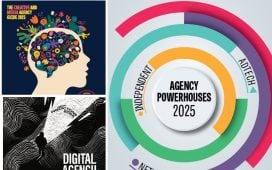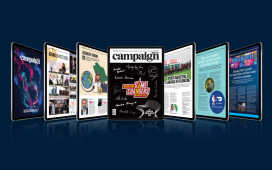The Future Gazers session at Dubai Lynx: Gemma Spence, VMLY&R Commerce; Thomas Kolster, Goodvertising Agency; Daniel Hulme, Satalia & Georgia Kinahan, Cannes Lions
By Jalaja Ramanunni
Someone recently stated there are two types of people in the marketing world – one that can’t utter the words’ data’ and ‘creativity’ in the same sentence, and one that believes they go hand in hand. However, marketing is no longer about data versus creativity; data has seeped into every aspect of marketing.
It was almost impossible to have a discussion at Dubai Lynx 2023 without mentioning technology. E-commerce is becomin
To continue reading this article you need to be registered with Campaign. Registration is free and only takes a minute. Register Now or sign in below if you already have an account.









